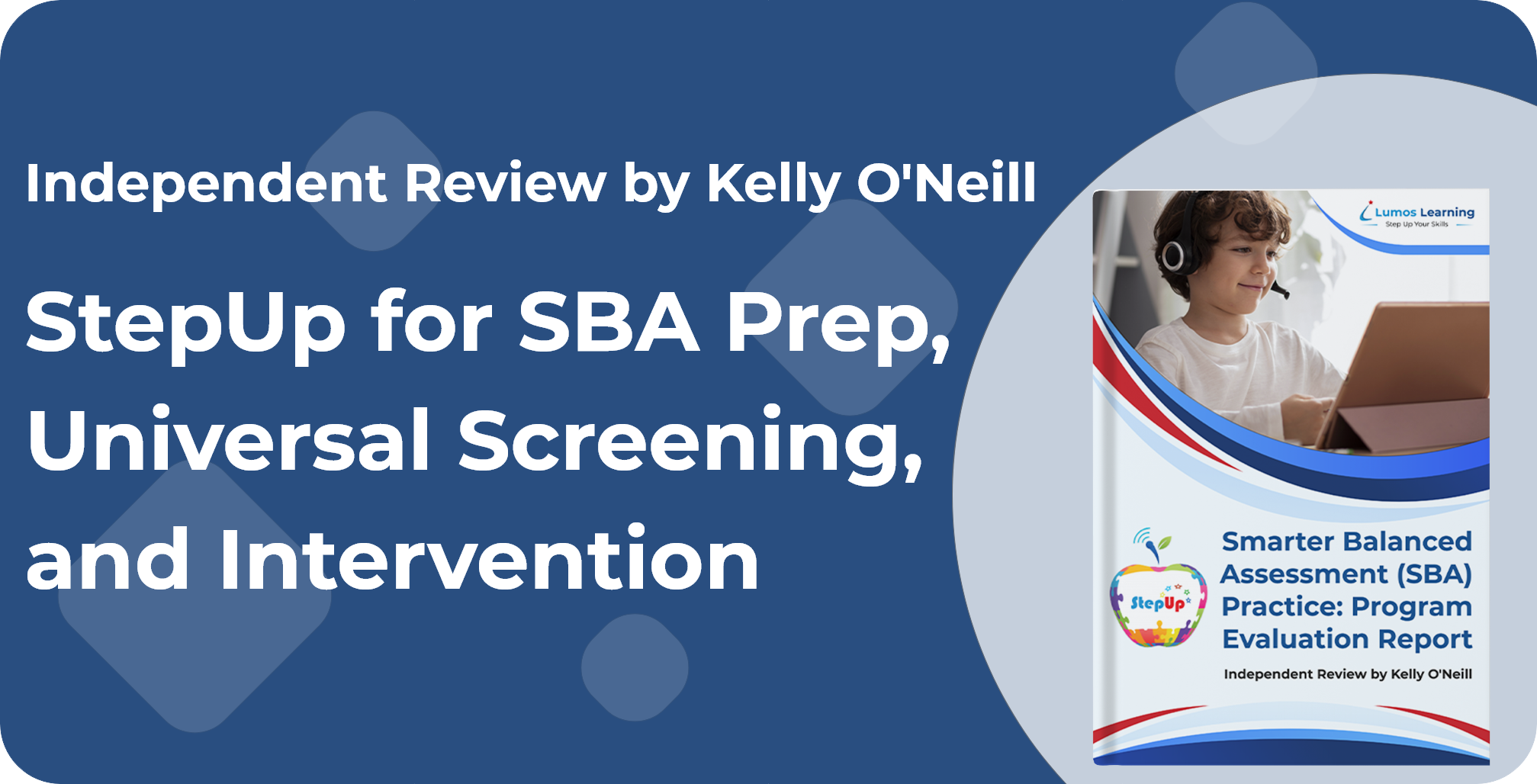Best Practices and Strategies for School Administrators to Demonstrate Success in Curriculum Investments: The Data Matters

The decision to invest part of a school’s annual budget for new curriculum needs is a necessary part of the choices administrators make. As they make these decisions and decide what materials and resources to put in the hands of their teachers and their students, it is imperative to consider how this choice can be proven as a success. There are best practices, and strategies administrators should keep in mind as they pinpoint resources to invest in from one year to the next; furthermore, they should be prepared to showcase how they know that these were sound investments.
Have you heard the phrase ‘return on investment’? While this may seem like a business term for profitable businesses, it is equally essential in the educational sector. School administrators need to be able to show that there has been a return on investment for the curriculum needs that he or she purchased during the previous academic year. Simply put, a return on investment can be calculated by considering the learning increase multiplied by the number of students helped divided by the total expenditure. Now while this may seem simple enough, one has to recognize exactly how they can show the learning increase. That’s where the following best practices come into play.
There are various ways to assess the effectiveness of individual programs or resources that were implemented during the previous calendar year. These include a controlled test, pockets of evidence, and common formative assessments. A controlled trial is when there are controlled experiments created to test a program’s success. With student growth carefully analyzed during the test where all variables are isolated except one, the data provides undeniable proof of how and if the new curriculum has worked. Meanwhile, teachers must be asked to collect evidence – lots and lots of evidence. This evidence can serve as quantitative data that will allow gains to be illustrated in their purest form – student work samples. Equally important, schools may decide to administer common formative assessments that provide easy progress monitoring across classrooms and showcase gains. While data is part of the equation, administrators must think beyond data-driven proof.
When presenting evidence to board members as a means to show how benefits were gained using curriculum adoption, it is essential to think about student data, cost data, and achievement data. Student data consists of the names and numbers in a specific program or strategy, the demographics and critical characteristics for each student, and student attendance in the program. Presenting cost data should include staff costs and how their entire benefits package is being funded; it should also include how much time each staff member is devoting to the program, as well as the materials associated with the program. As previously noted, the achievement data is the focal point; administrators must be prepared to show student growth; illustrating student growth will require board members to see before and after statistics. How did the students’ performance and learning change as a result of the implementation? Also, administrators should be prepared to answer: did one approach or resource create more growth than another?
Once the decision is made to invest in new curriculum resources, there must be regular care and insight given to collect evidence that the expenditure is noteworthy. Begin immediately documenting changes and be prepared to show this data to board members using quantitative and qualitative data.
StepUp Program Evaluation Report for Smarter Balanced Assessment (SBA) Practice
Learn why the StepUp online program by Lumos Learning is one of the most effective tools for SBA prep, universal screening, and intervention, boosting student achievement on state-standardized assessments.







